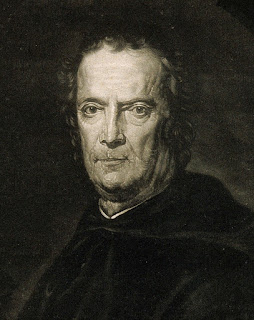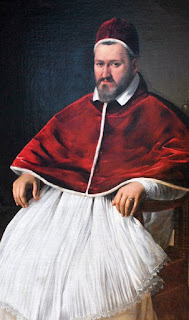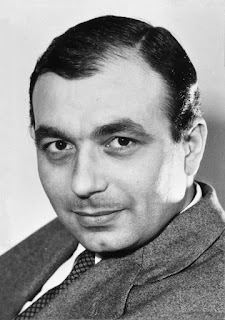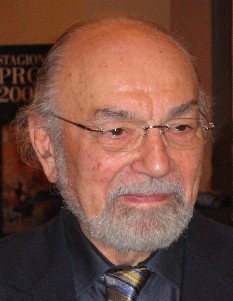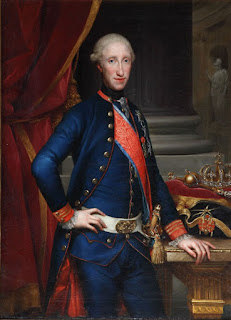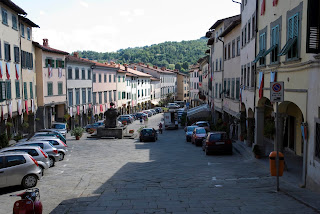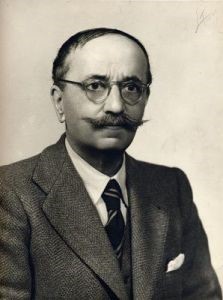Writer drawn into 18th century Paris rivalry
 |
| Niccolò Piccinni was one of Italy's most popular composers in the 18th century |
The composer Niccolò Piccinni, one of the most popular writers
of opera in 18th century Europe, was born on this day in 1728 in
Bari.
Piccinni, who lived mainly in Naples while he was in Italy,
had the misfortune to be placed under house arrest for four years in his 60s, when
he was accused of being a republican revolutionary.
He is primarily remembered, though, for having been invited
to Paris at the height of his popularity to be drawn unwittingly into a battle
between supporters of traditional opera, with its emphasis on catchy melodies
and show-stopping arias, and those of the German composer Christoph Willibald
Gluck, who favoured solemnly serious storytelling more akin to Greek tragedy.
Piccinni’s father was a musician but tried to discourage his
son from following the same career. However, the Bishop of Bari, recognising Niccolò’s
talent, arranged for him to attend the Conservatorio di Sant’Onofrio in Capuana
in Naples.
He was a prolific writer. His first opera, a comedy entitled
Le donne dispettose (The mischievous women) was staged at the Teatro dei Fiorentini
in Naples in 1755 and after he had formed a working partnership with the acclaimed
librettist Pietro Metastasio his catalogue of works was already well into
double figures when the success of one particular composition won him
popularity across Europe.
La buona figliuola (The good daughter), also known as La
Cecchina, was essentially an opera buffa – a light-hearted comedy – for which
the libretto was written by the famous playwright Carlo Goldoni.
 |
| Carlo Goldoni, the Venetian playwright, wrote the libretto for Piccinni's first major success |
It premiered at the Teatro delle Dame in Rome in 1760 and
was so popular it enjoyed a two-year run, acquiring such a reputation as a crowd
pleaser that it was soon attracting packed houses in every capital city in
Europe. What set it apart was that it
was a comedy with dramatic elements and a soft sentimentality designed to touch
the emotions of the audience.
The public enthusiasm for the story was such that a
commercial spin-off industry developed around it almost in the manner of
box-office successes of today, with fashion houses and shops trading on the La
Cecchina name.
The new sentimental style caught on with other composers,
eager to match Piccinni’s success, but at the same time there was a backlash
among conservatives, who felt music, and opera in particular, should be about
strength and manliness and saw this brand of modern Italian music as rather
effete, promoting effeminacy and cowardliness rather than courage and moral virtue.
Among those composers who had their support was Gluck, the
German who had found favour with the Hapsburg court in Vienna. Gluck moved to Paris in the 1770s and when Queen
Marie Antoinette invited Piccinni to live and work in the French capital, the directors
of the Academie Royale de Musique, as the Paris Opera was then known, saw the
commercial potential in pitting the two against one another.
They invited each to compose his own interpretation of the
same texts and deliberately encouraged the Parisian public to fall into one or
the other of two camps – the Gluckists and the Piccinnists. The antagonism between
some factions became quite ugly.
 |
| The Piccinni statue in his home city of Bari |
The irony was that Piccinni admired Gluck and while in Paris,
excited by the chance to compose pieces of greater substance, he collaborated
with the celebrated French dramatist Jean-Francois Marmontel on several
projects that he hoped would advance the cause of operatic reform that Gluck
and his intellectual supporters were proposing.
The French Revolution in 1789 – two years after the death of
Gluck - brought to an end Piccinni’s time in Paris and he returned to Naples,
where he was given a warm welcome by King Ferdinand IV, whose wife Maria
Carolina was the ill-fated Marie Antoinette’s sister, only to fall out of
favour when his daughter’s marriage to a French democratic republican brought
him under suspicion of connections and sympathies with the revolutionaries
whose influence Ferdinand feared.
The king’s attitude towards any suspected republicans in
Naples had been uncompromising and many were rounded up and shot. Piccinni was
spared that fate but remained under house arrest for four years.
His fame long since faded, he spent the years after his
release eking out an uncertain living in Naples, Venice and Rome before
returning to Paris in 1798, where he was received with enthusiasm but struggled
to make much money, although with the support of friends he was able to settle
in the comfortable suburb of Passy, where he died in 1800 at the age of 72.
Piccinni’s life is commemorated with a statue in the Piazza della
Prefettura in his home city of Bari in Puglia.
 |
| Porta Capuana in Naples used to be part of the city's ancient Aragonese walls |
Travel tip:
Capuana is the area of Naples close to Porta Capuana, a now
free-standing gateway that was once part of the Aragonese walls of the city. Situated roughly between the city’s main
railway station and the Duomo. The
Conservatorio di Sant’Onofrio, which was in time absorbed into the Naples
Conservatory, used to be close to the Castel Capuano, originally a 12th-century
fortress which has been modified several times. Until recently, the castle was home to the
city’s Hall of Justice, also known as the Vicaria, comprising legal offices and
a prison.
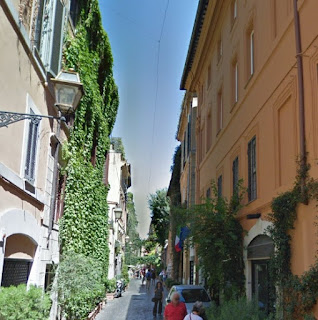 |
| The pretty Via Margutta in Rome, close to where the Teatro delle Dame stood in the 18th and early 19th centuries |
Travel tip:
In the 18th century, Rome’s Teatro delle Dame vied
with the Teatro Capranica for the right to be called the city’s leading opera
house, staging many premieres of works by the leading composers of the day.
Built in 1713 specifically to stage opera seria – as opposed to opera buffa –
and remained a major venue until the early 19th century, when it was
used more often for public dancing, acrobatic shows and plays in local Roman
dialect. Completely destroyed by fire in
1863, it stood where Via Aliberti joins Via Margutta in an area of pretty,
narrow streets close to Piazza di Spagna in the direction of Piazza del Popolo.
